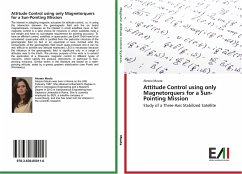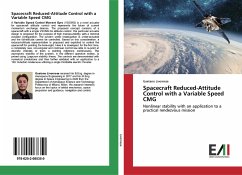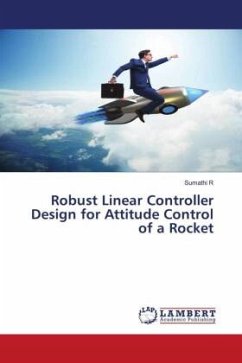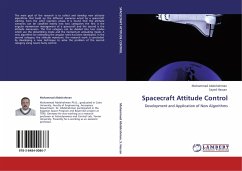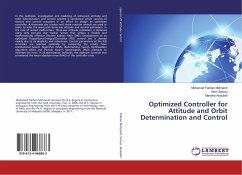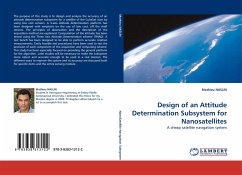The interest in adopting magnetic actuators for attitude control, i.e. in using the interaction between the geomagnetic field and the on board magnetorquers, increases as the interest in small satellites rises. In fact magnetic control is a valid choice for missions in which satellites have a low weight and have no sub-degree requirement for pointing accuracy. To have an efficient control, satellites in quasi-polar Low Earth Orbit have to be considered: quasi-polar orbit is justified from the particular structure of the geomagnetic field (in fact in an equatorial or less inclined orbit the components of the geomagnetic field result quasi-constant and it can be very difficult to achieve any attitude maneuver); LEO is necessary because the influence of the geomagnetic field is significant only in a range of altitudes near to the Earth. The primary purpose of this work is to extend the application of a three-axis magnetic control to different types of missions, which satisfy the previous restrictions, in particular to Sun-pointing missions. Similar works in the literature are based on a nadir-pointing attitude, aided by a gravity gradient stabilization (see Psiaki and Wisniewsy).
Bitte wählen Sie Ihr Anliegen aus.
Rechnungen
Retourenschein anfordern
Bestellstatus
Storno

